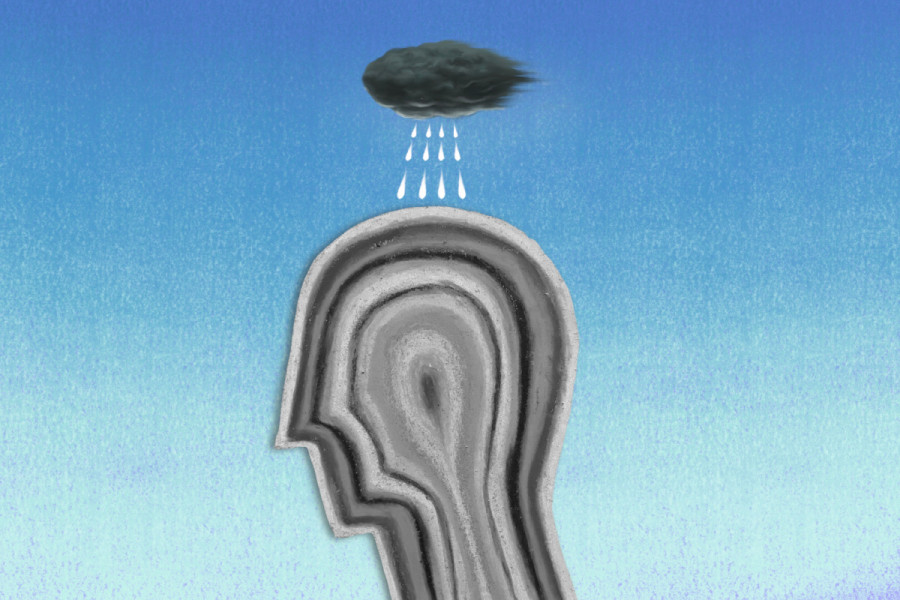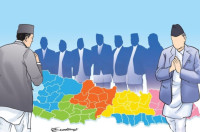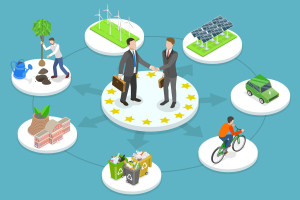Columns
A pressing threat
The growing concern of loneliness poses a public health risk on par with smoking and drinking.
Julia Morgan & Vincent La Placa
Writing in the Week, journalist Theara Coleman has declared 2023 “the year of the loneliness epidemic”. In May, the United States surgeon general, Vivek Murthy, said loneliness posed a public health risk on a par with smoking and drinking. “It’s like hunger or thirst,” Murthy said. “It’s a feeling the body sends us when something we need for survival is missing. Millions of people in America are struggling in the shadows, and that’s not right.”
Our research chimes with Murthy’s assessment: Loneliness is a significant global public health issue. The pandemic, of course, intensified social isolation. Mental health declined, with research pointing to intensified isolation as a primary, if temporary, cause.
Young people have been particularly hard hit. The transition to adulthood means you move from family support to peer support. But online learning and the sustained lack of contact substantially reduced the opportunities for many to develop those social and support networks. As one student in Sheffield, who matriculated just before the second lockdown in England, has put it: “I worry that, because I’ve [finished] uni and school, I’ve missed out on the best chances I’ll ever have to make friends.” But even before the pandemic, research showed younger people were experiencing higher rates of loneliness than the rest of the population.
Focusing on loneliness
In 2018, the UK government became the first in the world to make loneliness reduction an official parliamentary concern. Other nations, including Japan, have since followed suit, creating ministerial roles to find solutions. In 2023, the World Health Organization launched a new commission on social connection, framing loneliness as a “pressing health threat” on a global scale and social connectedness as a global priority. The BBC conducted a global survey of 237 countries, islands and territories in 2018, dubbed the Loneliness Experiment. This found that younger people may be experiencing loneliness at higher rates than other age groups, which is confirmed by research in the US, New Zealand, Denmark and England.
For the younger group, however, the rates have increased by two percentage points: From 8 percent feeling often or always lonely in 2017-18, to 10 percent in 2021-22. What is apparent from this survey, is that loneliness follows a U-shaped trajectory. It tends to be highest among younger people, decreasing towards middle age and then starting to increase again for those aged 75+. While the pandemic led to increases in “lockdown loneliness”, for younger people, these trends for high levels of loneliness were already evident before the lockdown.
What is loneliness?
Research identifies three types of loneliness: Emotional loneliness, social loneliness and existential loneliness. Emotional loneliness relates to a perceived lack of meaningful relationships, including intimate connections. Social loneliness is feeling as though your network of social relations is deficient in some way. It is a subjective feeling—a personal evaluation—about the gap between how much social contact we want and how much we actually have. In other words, you can have many friends and still feel lonely.
Existential loneliness, meanwhile, focuses on a perceived disconnection from society at large. It is about feeling that your life has little meaning or purpose regardless of the presence of friends or intimate relationships. Sometimes we experience loneliness as the temporary result of a particular situation—an imbalance that can be fixed. More worrying is when it is chronic.
Nobody wants to feel lonely. It is distressing. It effects on our wider mental health. Our physical health suffers too, with effects including poorer self-reported health, unhealthy lifestyles, increases in chronic diseases, higher cholesterol concentrations and diabetes.
Interestingly, however, research indicates that even older people report, retrospectively, that they felt more lonely when they were younger. So what is it about being young? Typically, teenage years and early adulthood is an unpredictable time—a period of uncertainty and transition. Going through puberty and education, becoming an adult, entering the workforce—not to mention finding a partner and starting a family—all involve complex and potentially risky decisions that can increase loneliness.
Risk and complexity do not only play out on a personal level. At this stage in life, you are also potentially more at risk of loneliness due to forces at work at a societal level, that are beyond your control. Social media use over the past decade has been found to affect the quality of our relationships. Young people are also more likely to now work within the gig economy, which has heightened uncertainty and a lack of control within employment. Not being able to form work relationships in the way you might in more stable working environments can result in greater isolation.
The dual cost of living and housing crises have also hit younger workers the hardest. These too can affect decisions about where to live and whether to start a family, potentially triggering feelings of existential loneliness.
When the world feels like a scary, unpredictable place, it is not surprising that young people feel lonely. Getting help when you feel overwhelmed by loneliness is important. This sometimes feels harder than it should, though, perhaps because of the mistaken belief that it is something that affects older—not younger—people. It is not uncommon to feel shame or fear being mocked or blamed for feeling this way. You might worry that you’ll burden your friends in talking about it. Which, of course, only reinforces the loneliness you felt to begin with.
This is why a societal reckoning with loneliness as an epidemic—and not a personal failing—is crucial. Social prescribing is now embraced by the medical and social care system. This shows that no single person is, in fact, alone in feeling this way. Individual loneliness will only be tackled collectively.




 18.12°C Kathmandu
18.12°C Kathmandu
















